Using your shop’s Cost of Doing Business (CODB) as a baseline for labor rates.

Recently I was organizing my books on a new bookshelf and came across one that I had almost forgotten about. I picked it up after seeing an exhibition called “See the USA: Automobile Travel and the American Landscape” at the Building Museum when I lived in D.C. The book is called “Pump and Circumstance: Glory Days of the Gas Station” by John Margolies. As you can probably guess, it tracks the development of the history, architecture, and more of American gas and service stations from their beginnings in the early 20th century, through their golden age from the 1920s to early 1960s, and up to today’s comparatively bland versions.
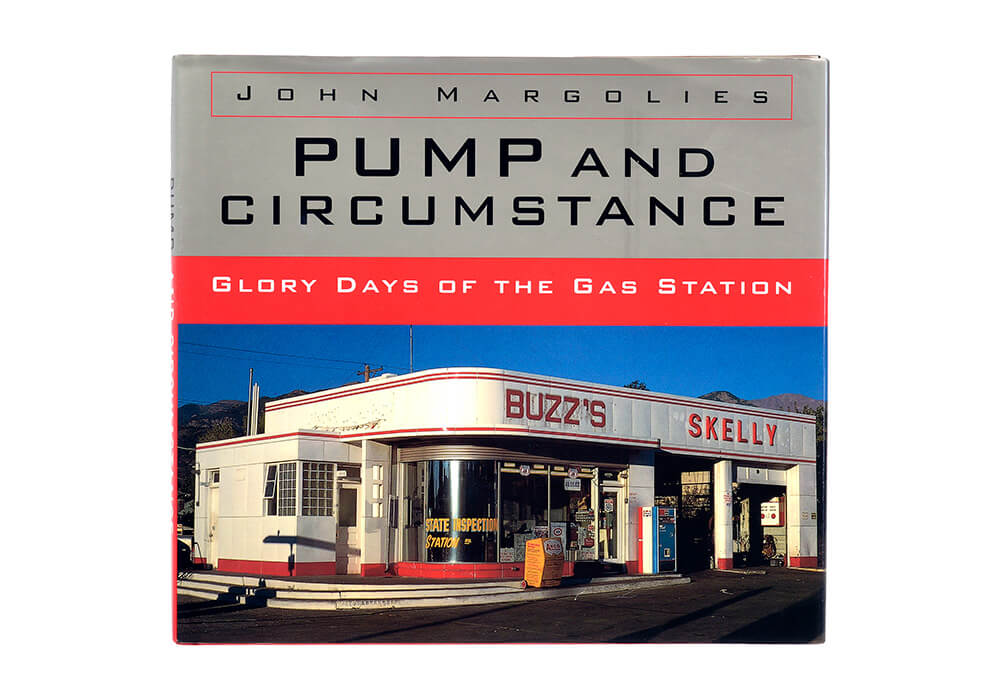
The 1901 Spindletop oil field discovery was an enormous development in ushering America into the automobile age. On January 10, 1901, a well at Spindletop (an oil field located in Beaumont, Texas) struck oil. An estimated 100,000 barrels of oil per day were released during the nine-day eruption of the Spindletop gusher. Texaco and Gulf Oil were founded to develop Spindletop oil production. The United States entered the oil age with the Spindletop find. Oil was mostly used as a lubricant and for illumination before Spindletop. The amount of oil that was found made it economically possible to burn it as a fuel for mass transportation use. The resulting craze for oil exploration and the state’s subsequent economic growth came to be known as the “Texas oil boom.” The US quickly took the lead as the world’s top producer of oil, a title it would hold for the next 50 years.
![pump-circumstance-spindle-top-gusher Heywood #2 gusher [Spindletop, Beaumont, Port Arthur, and vicinity, Texas - oil industry].](/wp-content/uploads/2024/06/pump-circumstance-spindle-top-gusher.jpg)
Heywood #2 gusher [Spindletop, Beaumont, Port Arthur, and vicinity, Texas – oil industry]. Photo copyrighted by The Bernier Publ. Co., N.Y. Source: Library of Congress.
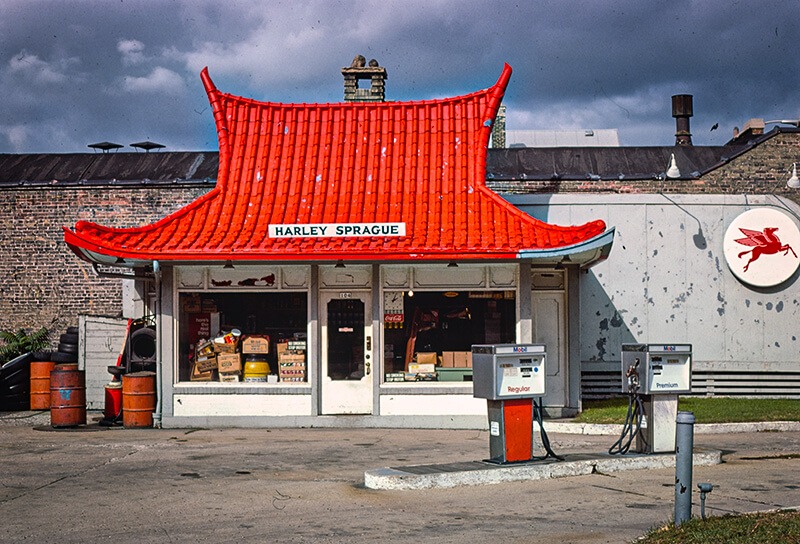
Pagoda gas station, Harley Sprague, Milwaukee, Wisconsin. Photo by John Margolies. Source: Library of Congress.
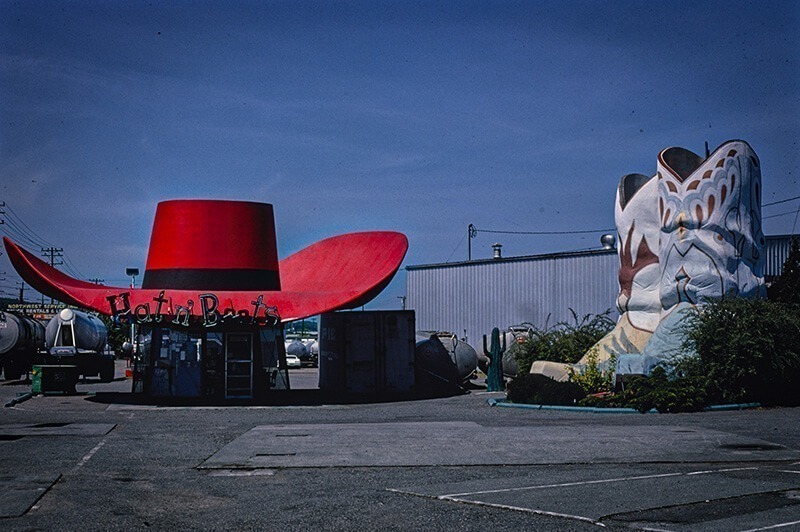
Hat n’ Boots gas station, overall view, Route 99, Seattle, Washington. Photo by John Margolies. Source: Library of Congress.
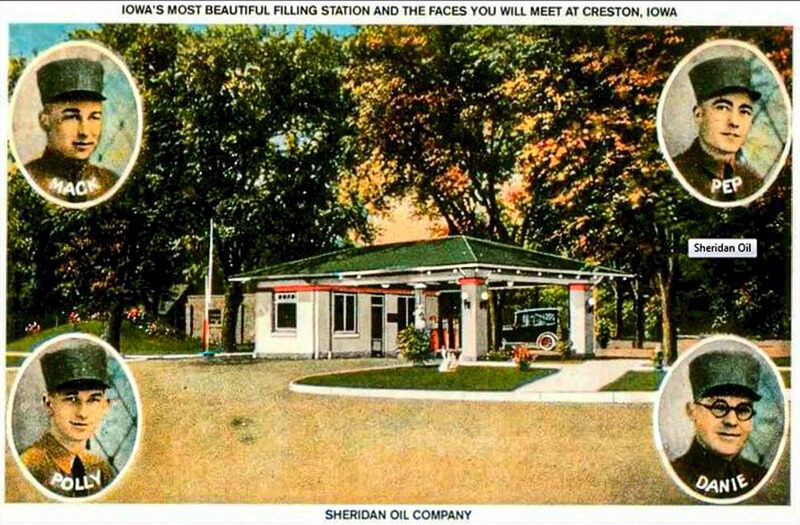
Creston, IA Sheridan Oil Co. – Postcard.
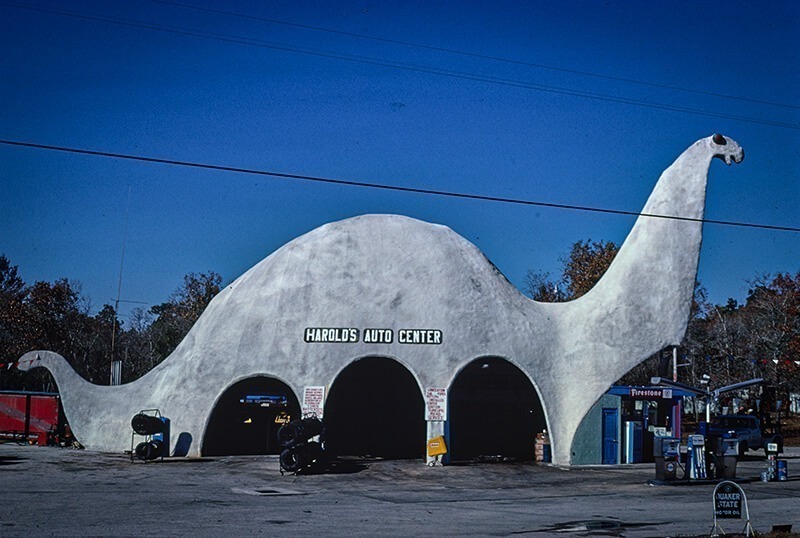
Harold’s Auto Center, horizontal view, Sinclair gas station, Route 19, Spring Hill, Florida. Photo by John Margolies. Source: Library of Congress.
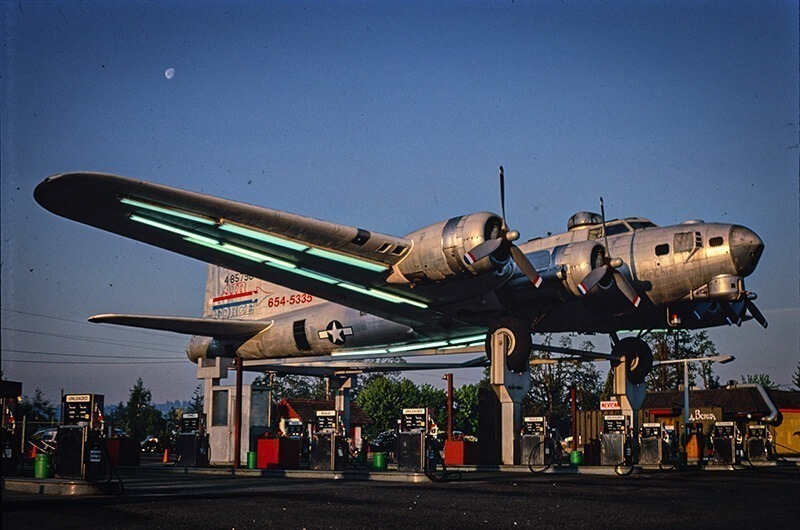
I highly recommend this book for a journey through the history of gas and service stations. Unfortunately, it seems as though the book has been out of print since about 1996, but you still can find it available on most websites that sell used books.
So what do you think? Would you rather work in one of these architecturally beautiful stations of the past? Or are you happy with the life of a tech now?
The articles and other content contained on this site may contain links to third party websites. By clicking them, you consent to Dorman’s Website Use Agreement.
Participation in this forum is subject to Dorman’s Website Terms & Conditions. Please read our Comment Policy before commenting.